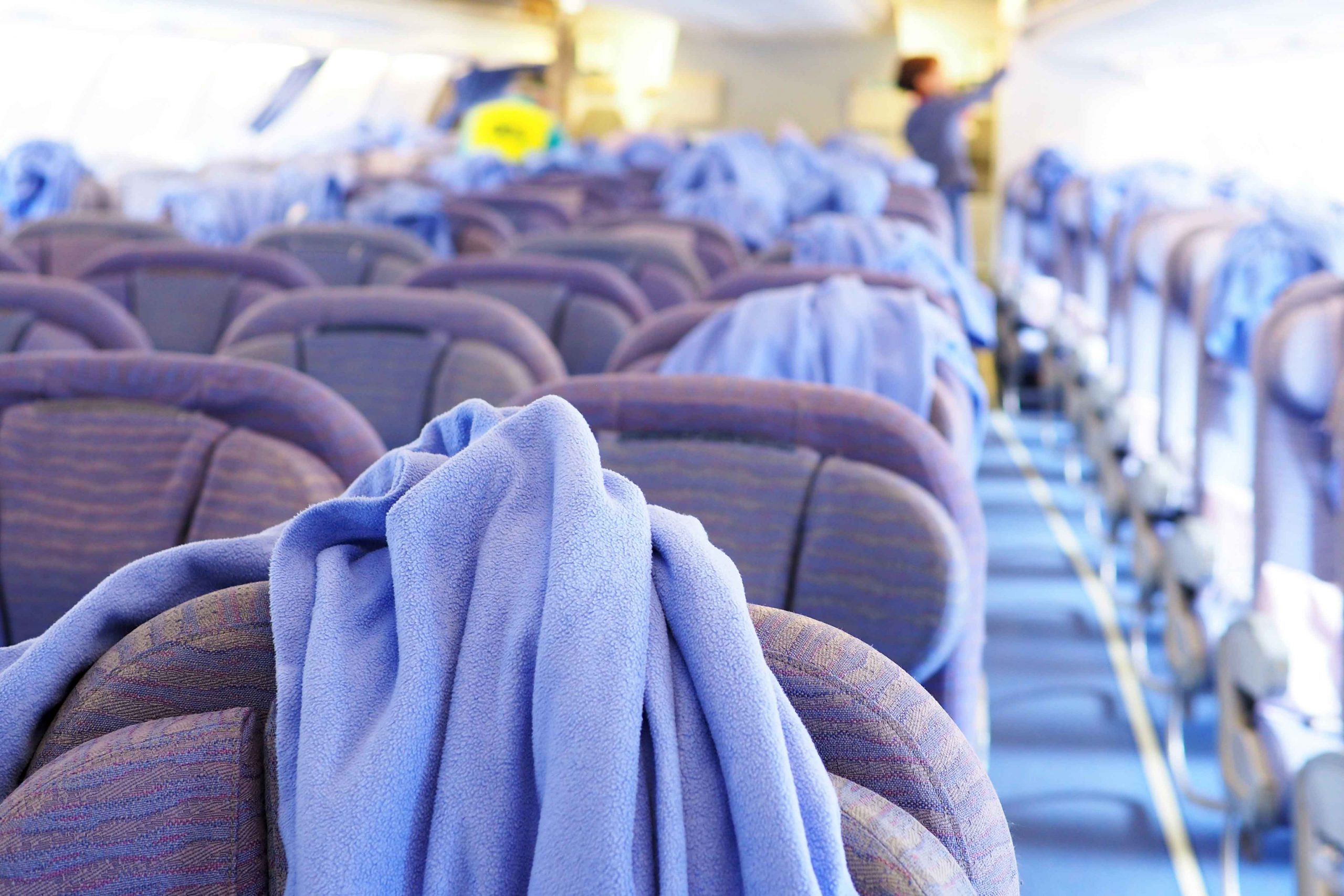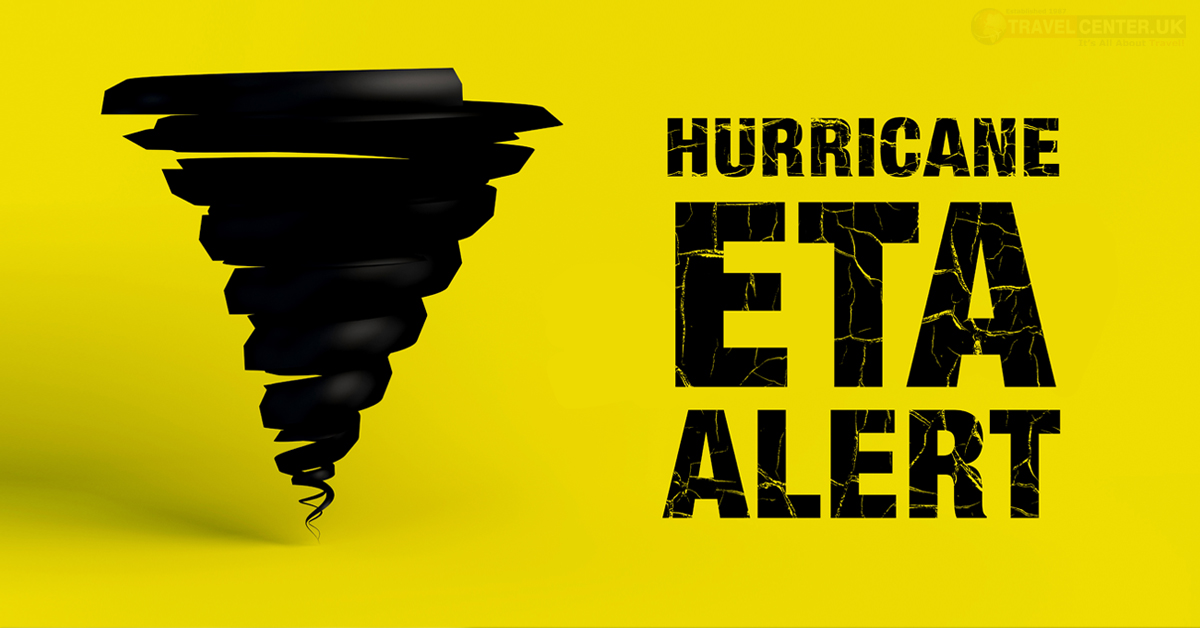As the rapidly spreading novel coronavirus resides, the travel trade is taking a huge hit – with holidaymakers and business people exchanging views on whether to revoke or temporarily suspend their trips and some countries, including the US, carrying out travel restrictions.
Despite all that aeroplanes are still functioning, and travellers still continuing on their voyages, along with extra disinfectant wipes and bottles of hand sanitizer in their luggage.
If you are reconsidering the inflight hygiene and curious about just how deep the aircraft actually has been cleaned before you get on board, consider these methods taken in to act by airlines, aeroplane companies and medical experts to assure you’re travelling in a highly hygienic environment, and what you can do for extra reassurance.
What is the normal cleaning procedure?
According to the manager of JetWash Aero, Mr Christian Rooney, a pioneer in aviation cleaning company based in the UK, says the cleaning process differs depending on the schedule of the aircraft.
When the downtime is limited for an aircraft, it is very straightforward cleaning, such as taking out the trash and will be concluded by the staff.
A simple but more in-depth cabin cleaning is usually carried out at night or when there is more downtime, and it covers the cleaning of toilets, wiping and disinfecting of trays, overhead bins and seats. This may take up to more than an hour. The airline will always schedule a deep interior clean once a month or every six weeks. This clean takes multiple hours and is extremely elaborate.
The cleaning products and disinfectants used by the airlines are approved by aircraft manufacturers, some of the disinfectants that are useful against a variety of pathogens and immobilizes various viruses with similar features to SARS, E. coli, avian flu, MRSA and so on. These offer antimicrobial prevention for up to 10 days.
Personal hygiene
Some airlines have taken extra measures due to the current condition. An increase in the stipulations and levels of disinfection, spraying and fumigation of the cabin, over the concerns of the coronavirus.
It’s wise, to wipe down surfaces – but it’s the handwashing that is the most important precautionary action.
Dr Paulo Alves, who is attending IATA’s Aviation Resilience Health workshop which is working on addressing the overall impact of COVID-19 in Singapore at the moment, said “The most effective, simple measure vacationers should implement to wash hands frequently with soap and water. If soap and water are not available, hand sanitizer should be used”.
He also added “It seems reasonable to wipe the tray table surface, where it is more likely for droplets to land after someone coughs or sneezes. Travellers should maintain good personal hygiene onboard flights, before flights and after flights and avoid touching their face.”
the Airlines for America, the aviation group that represents North American carriers, says airlines are working closely with federal authorities and always will be the top priority of US carriers.
Southwest Airlines, aircraft undergo regular cleanings between flights and a comprehensive cleaning when aircraft are parked overnight. The cleaning program includes the disinfecting of all hard surfaces within the cabin, as well as seat and carpet cleaning, Southwest will continue to monitor and follow all guidance from the CDC and WHO with regards to the coronavirus and make modifications to cleaning procedures, as necessary.
American Airlines aircraft, including toilets, are cleaned on a regularly, and the depth of the cleaning depends on turn times and type of flying, toilets are cleaned, floors are spot cleaned, and trash is taken out from seat pockets on all the aircraft.
Hawaii, Transcontinental, and international flights see a deeper level of cleaning.
Qantas airline adopts the highest standard in cleaning and disinfecting our cabins, seats, galleys and washrooms. The HEPA filters which are a part of the air conditioning system, which are used in hospitals with air in the cabin renewed every three to five minutes providing filtered air than other public spaces like trains, restaurants, shopping areas and offices.
Delta is using a fogging technique since February, with very effective, EPA-registered disinfectant. Fogging method is being used on all trans-Pacific Delta flights arriving into the US, with propositions to extend the methods to inbound international flights, fixating on flights coming from places with confirmed coronavirus cases. Fogging is used on all inbound Delta flights from Italy to New York-JFK and Atlanta since February 29.
Hong Kong airline Cathay Pacific cabin cleaning is always carried out to “high standards”, but some extra precautions are currently in place. The aircraft will be taken off service to perform additional deep cleansing and disinfection when a confirmed case of coronavirus has been identified. This includes the replacement of all seat covers, disinfection of all surfaces and galley equipment, detailed cleaning of the lavatories, disinfection of carpets, sterilization of the water system and replacement of air filters in addition to standard cleaning procedures.








